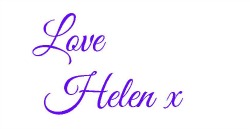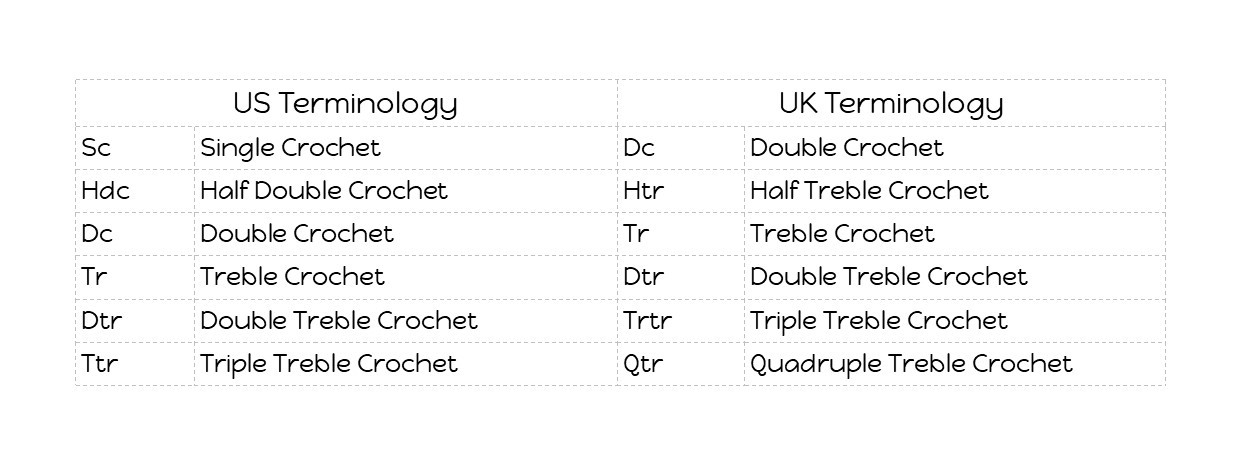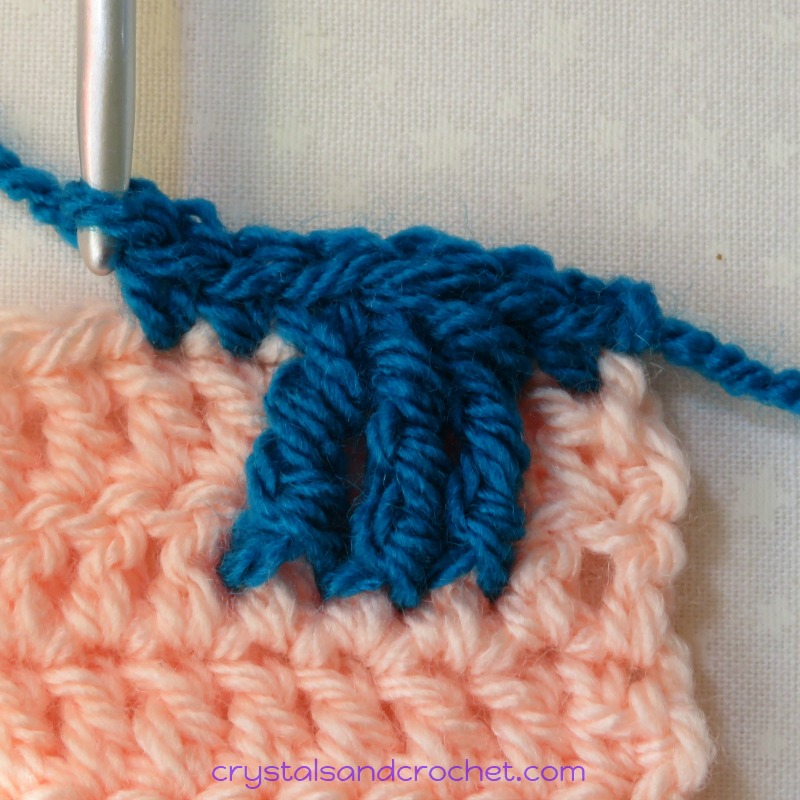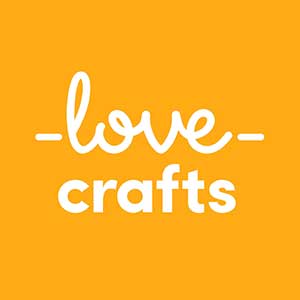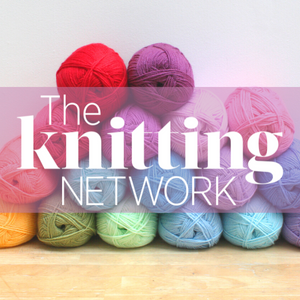Sign Up
Already have an account? Sign in here
Sign In
Dont have an account? Sign up here
How to read a crochet pattern
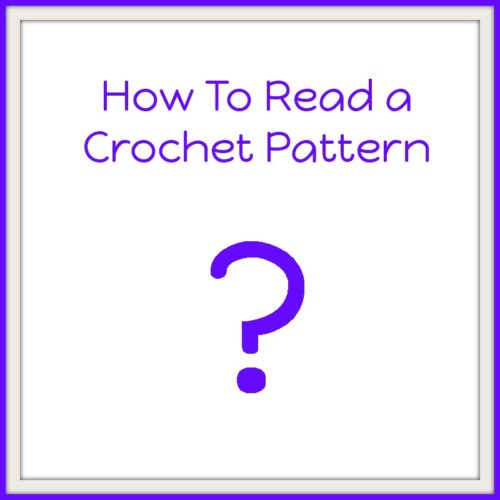
Does it seem like another language to you?
For both knitting and crochet, when you first pick up a pattern, or view it on screen, it will look like some kind of alien shorthand.
But, take it slowly….
One of the things I used to say to all my students, when I taught hairdressing is this…
Failing to Prepare is Preparing to Fail!
Unfortunately, with crochet patterns there is no universal terminology, and each language will have its own names for stitches. But the vast majority of patterns you will either download for free or purchase, either in print, or as an electronic download will either be in US or UK terminology.
Any well written pattern will have a key for the abbreviations and will also tell you at the beginning of the pattern the terms used.
You will see something like this…. US terms used throughout.
The abbreviations will normally be a list of all the normal stitches used in the pattern, and a few extra things as shown below.
Chain – ch
Round – R
Slip stitch – sl-st
Stitch/s – st/s
Skip – sk
Tog – together
Single crochet – sc
Half double crochet – hdc
Double crochet – dc
Treble crochet -tr
Double treble crochet – dtr
Triple treble crochet – ttr
Back Post – bp
Front post – fp
Back loop – bl
Front Loop – fl
This is not a full list, but an example of the type of abbreviations you will see.
They should be clearly listed at the beginning of the pattern.
How to tell if US or UK terms are used.
If it is not stated which terms are used, this is the quickest way to find out,
US terms will have sc or hdc, UK terms will not have either of these but may have htr.

Here is a really handy cheat sheet for you to download US UK conversion.
Some patterns will be written instructions only, and if they are printed, often the font size is small, and the page will have two or three columns, typical of the way patterns are printed in magazines. This is to get as much on one page as possible and save on print costs.
With the explosion of the internet, and so many of us using tablets and laptops, the vast majority of patterns are now available as an electronic download, or pdf file.
These can contain much more detail, including step by step photos, and less abbreviations.
By being able to save to an external website, like Ravelry, or in a cloud storage system, we don’t even have to worry about loosing files from our device, as we can always retrieve them when we need to.
♥ And we are being kinder to the environment by not using reams of paper and ink to print them all.
Most of my patterns are photo tutorials and have well over fifty pages.
I am a visual learner, and I am dyslexic.
This is why I write my patterns the way I do.
I am constantly trying to perfect my writing skills to make my patterns easy for anyone to follow.
I include hints to help you to know where a certain stitch should be placed, or if your work will wobble or curl. This is all to make life easier for you and to take some of the stress out of following a pattern.

Now let’s look at some of that alien shorthand.
The pattern may be like this.
R7. Join with a standing sc in 1st st, fpdtr3tog over next 3 sts R5, skip next st, sc in next 3 sts…..
The simple start is a standing single crochet.
Fpdtr3tog over next 3 sts R5, let’s break it down.
Fp means front post.
Dtr means double treble crochet.
3tog means 3 stitches together.
So we have to make 3 front post double treble stitches together, with each of the 3 “legs” of the stitch made around one of the next 3 stitches in row or round 5.
Then we need to skip the next stitch in row 7, which will be behind the fpdtr3tog.
Then single crochet in the next 3 stitches.
♥ Now if we also see a photo of that it becomes very clear what we need to do.
♥ Every skill you have, you had to learn, none of it just happened, even walking and talking!
♥ This is just another skill that you are learning, so be patient, be calm, take your time to read things through, ask if you need help.
♥ Never ever let anyone tell you that you can not do something.
♥ If you need help and advice, the quickest way to find support is to join Helen’s Hookaholics Facebook group. There you will find a very supportive group of likeminded people. It’s also a great place to share your crystalsandcrochet makes, and see what others are making, and see what I am up to.
♥ If you are not a fan of Facebook you can always email me with any questions you may have by using the contact form here.
